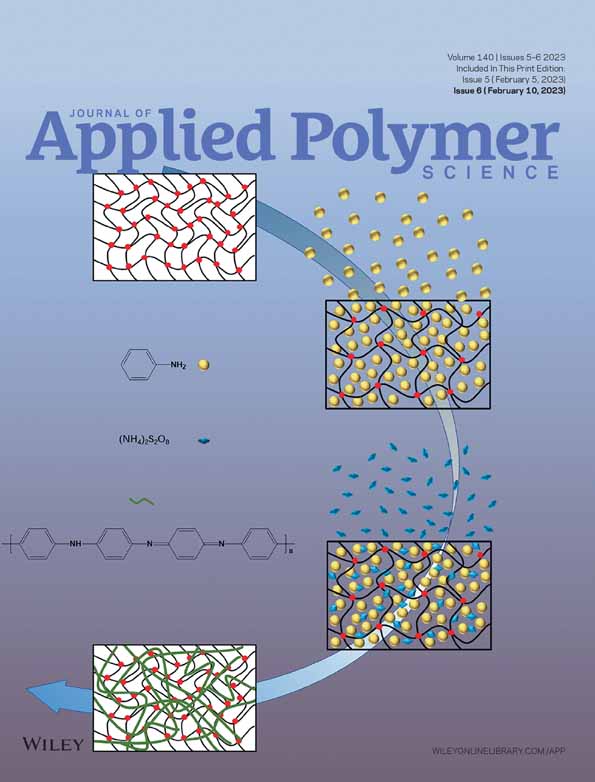Flexural behavior of pMWCNTs filled glass fiber/epoxy nanocomposites: Synthesis and interfacial failure
Abstract
Glass fiber reinforced polymer composite (GFRP) encounter many practical situations during its application, exposed to different temperature fluctuation. Absorption of moisture and the fluctuated thermal environment cause mechanical degradation of GFRP. The current plan is to explore the mechanical and chemical behavior of pristine multiwall carbon nanotubes(pMWCNTs)-glass fiber strengthens epoxy composites during thermal shock (TS). The laminates were prepared by the hand-lay-up process followed by compression molding. The thermal shock was performed at the temperature for the required samples was 135°C for 24 h, followed by −135°C for 24 h. A flexural test has been carried out at 1 mm/min loading speed. 0.2 wt% pMWCNTs filled nanocomposite appeared to have the highest flexural strength and modulus compared to ambient samples. The thermomechanical behavior of nanocomposites has been accomplished by analyzing the dynamic mechanical thermal analysis graph (DMTA). Field emission scanning electron microscope (FESEM) analyzed the fracture surface of in-situ mechanical failure samples to find out the primary failure modes for strengthening and weakening mechanisms. The glass transition temperature (Tg) of the nanocomposite observed decreased due to homogeneous dispersion of pMWCNTs, imparting some effect on crosslink density and reinforcement up to 0.2 wt%. This study reveals that the uniform distribution of pMWCNTs and thermal shock treatment enhances the matrix stiffness and improves the mechanical properties.
Open Research
DATA AVAILABILITY STATEMENT
The data that support the findings of this study are available on request from the corresponding author. The data are not publicly available due to privacy or ethical restrictions.




